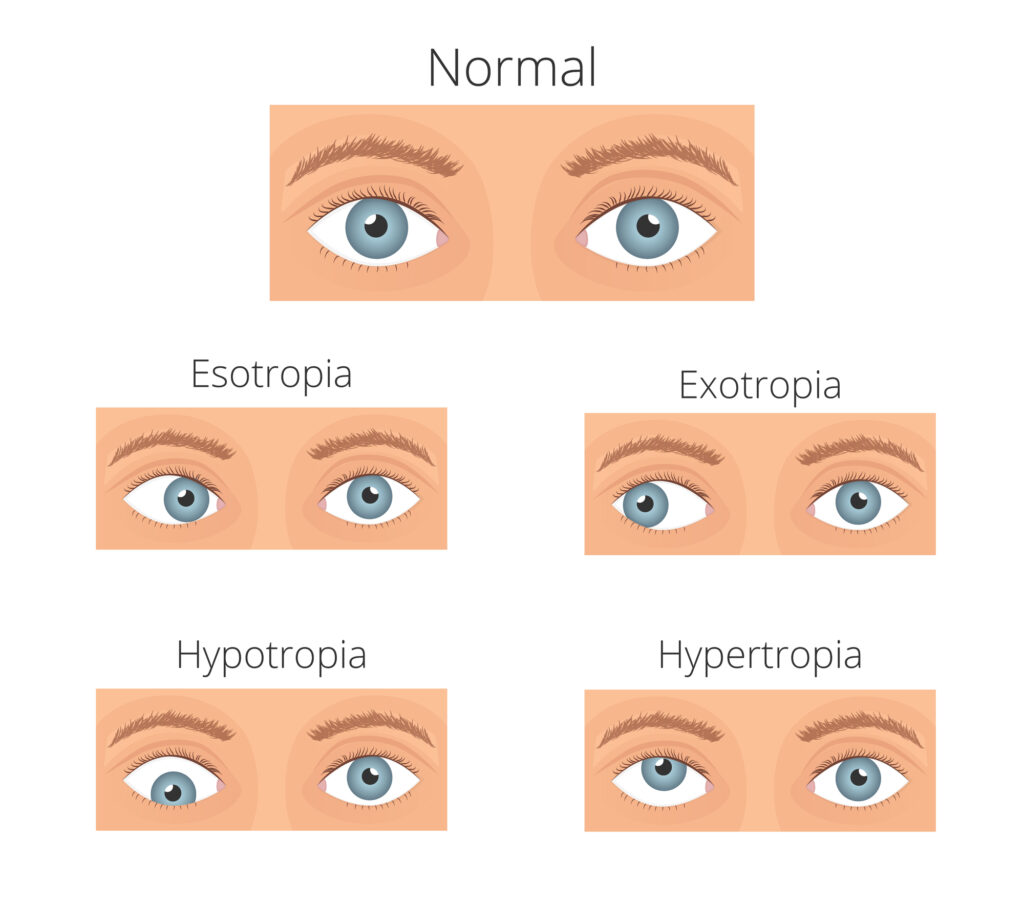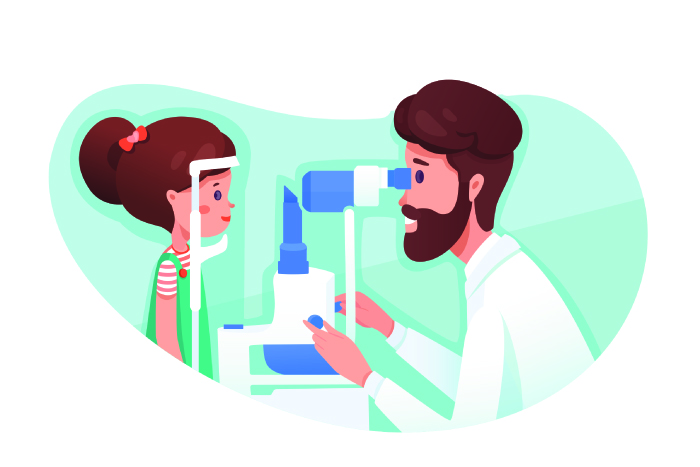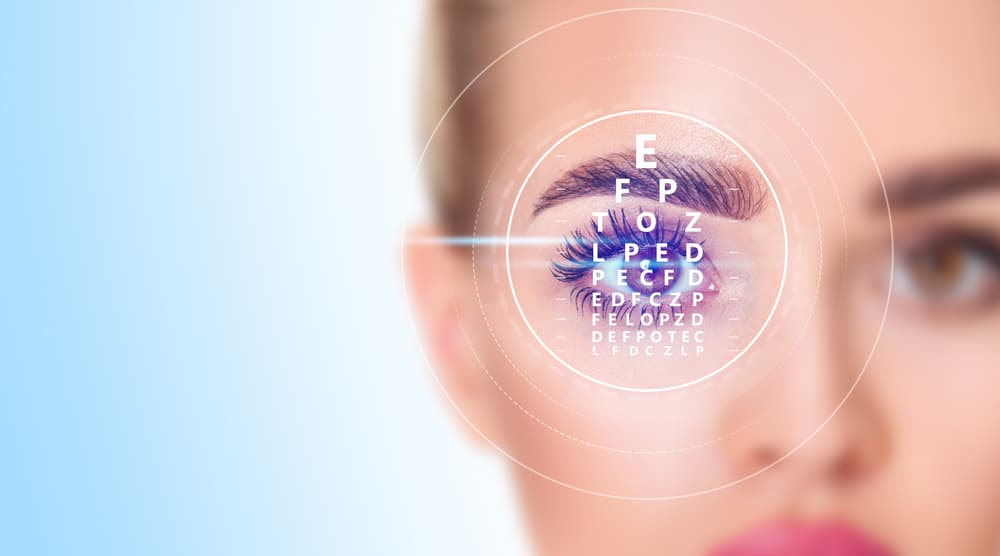There are several different types of squint eye (strabismus), each characterized by the direction in which one eye deviates from proper alignment. The most common types of squint eye include:
Esotropia: In esotropia, one eye turns inward towards the nose while the other eye remains straight or aligned. This is sometimes referred to as “cross-eye.”
Exotropia: Exotropia is the opposite of esotropia, where one eye turns outward away from the nose, and the other eye remains aligned.
Hypertropia: In hypertropia, one eye is positioned higher than the other eye, resulting in an upward deviation. This condition is less common than esotropia and exotropia.
Hypotropia: Hypotropia is the opposite of hypertropia. In this condition, one eye is positioned lower than the other, causing a downward deviation.
These are the primary types of squint eye, and the specific diagnosis and treatment plan will depend on the type and severity of the condition. It’s important to consult with an eye specialist or ophthalmologist for a comprehensive evaluation and to determine the most appropriate treatment approach.
Schedule an appointment with Dr. Sonia Maheshwari Kothari, a trusted Eye Specialist in Mumbai, for expert eye care and a healthier future. Contact us today!




